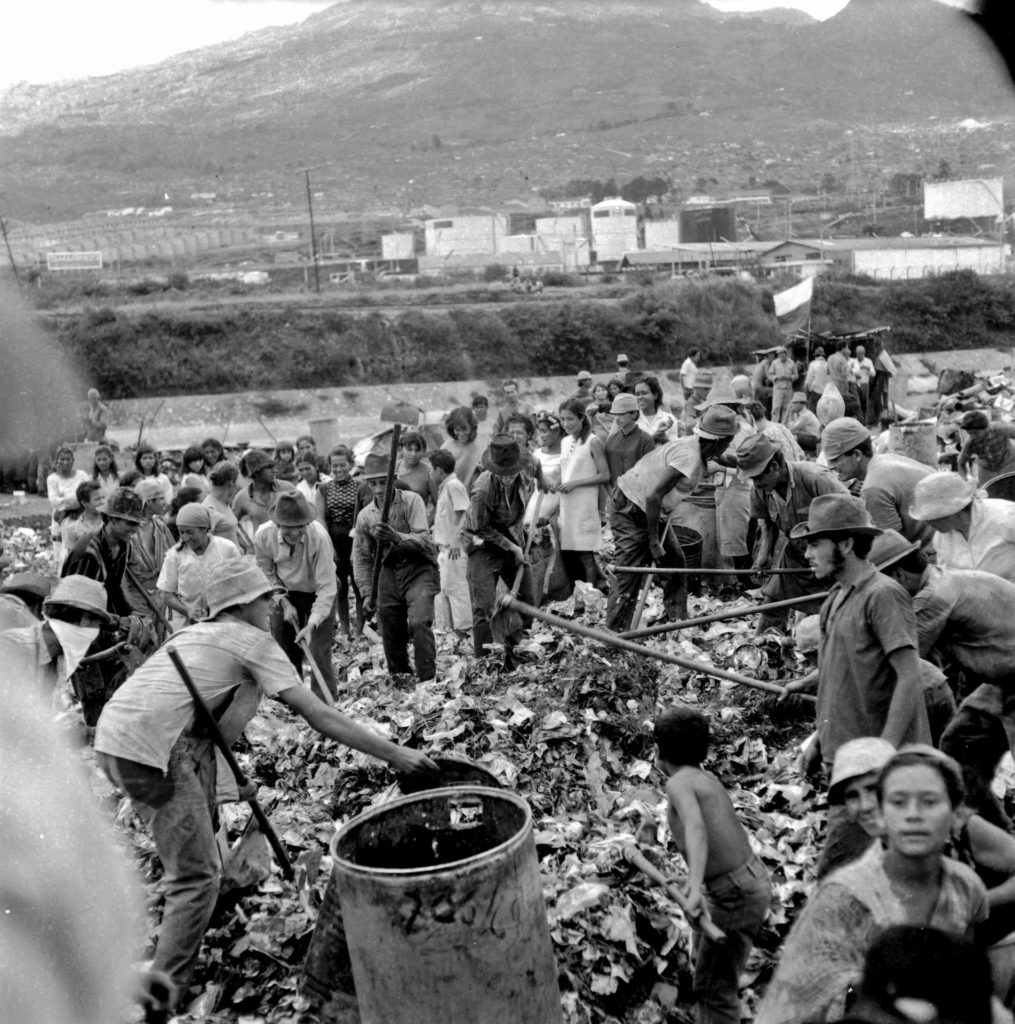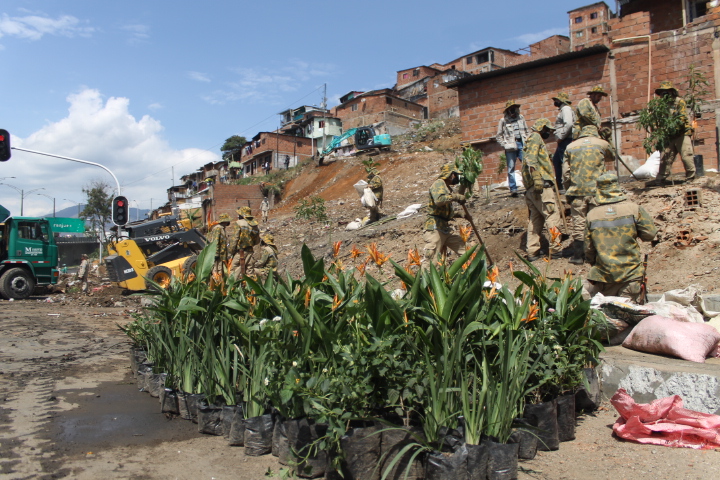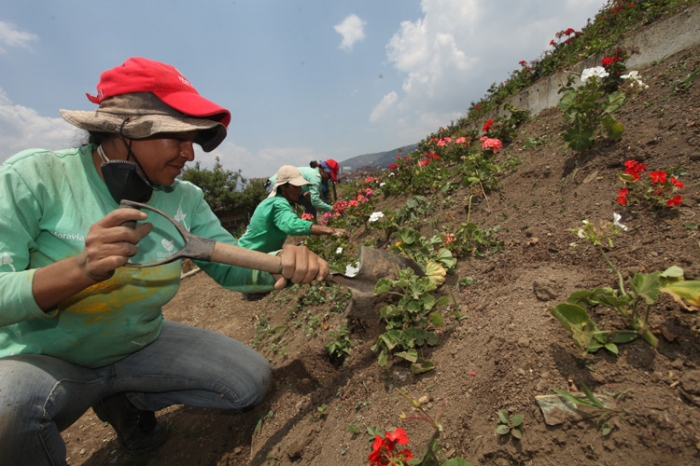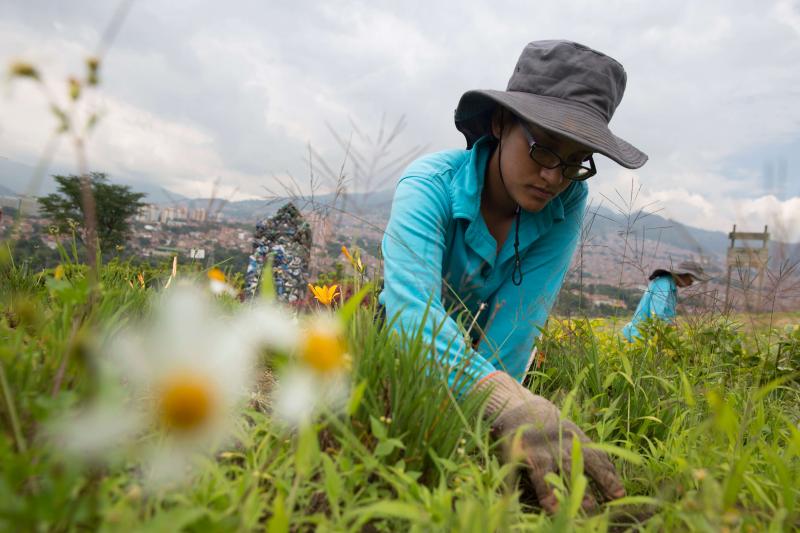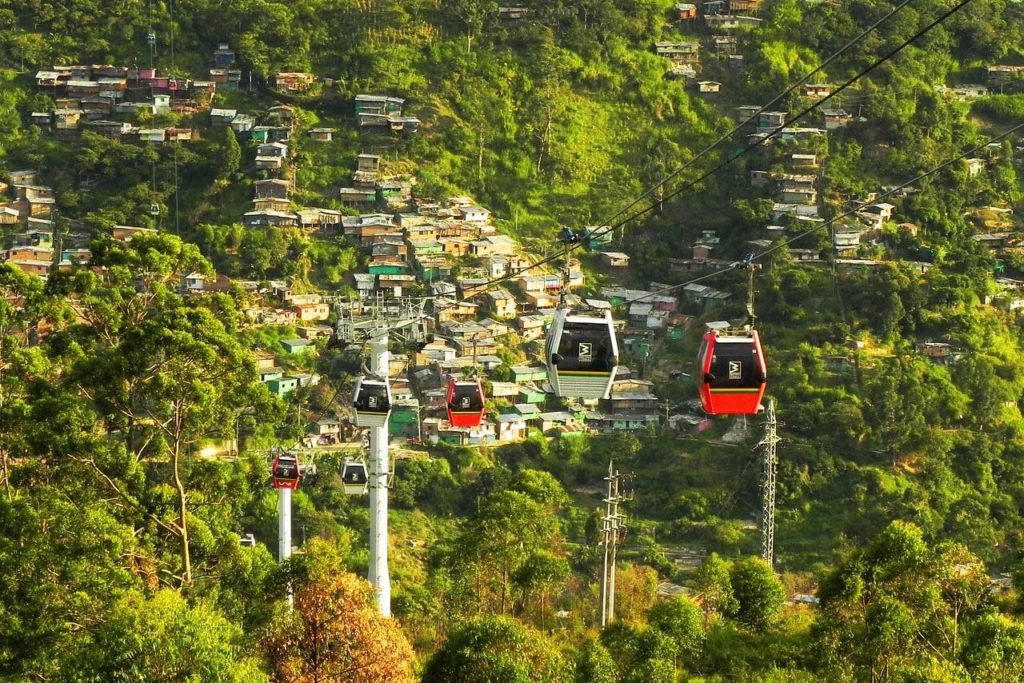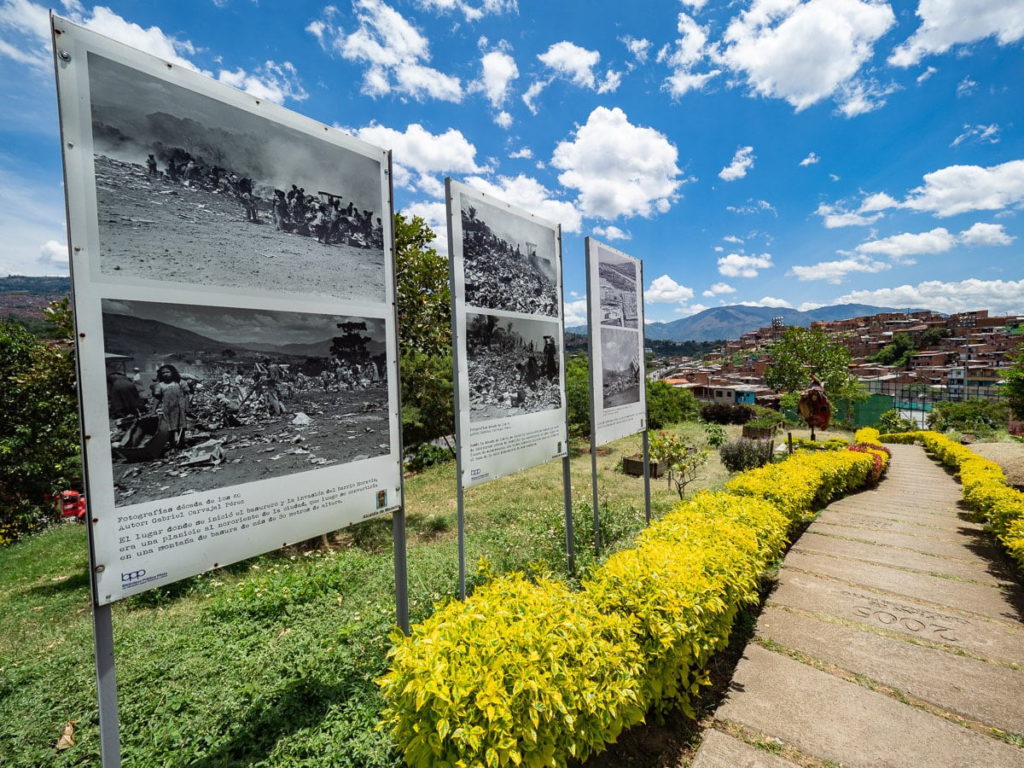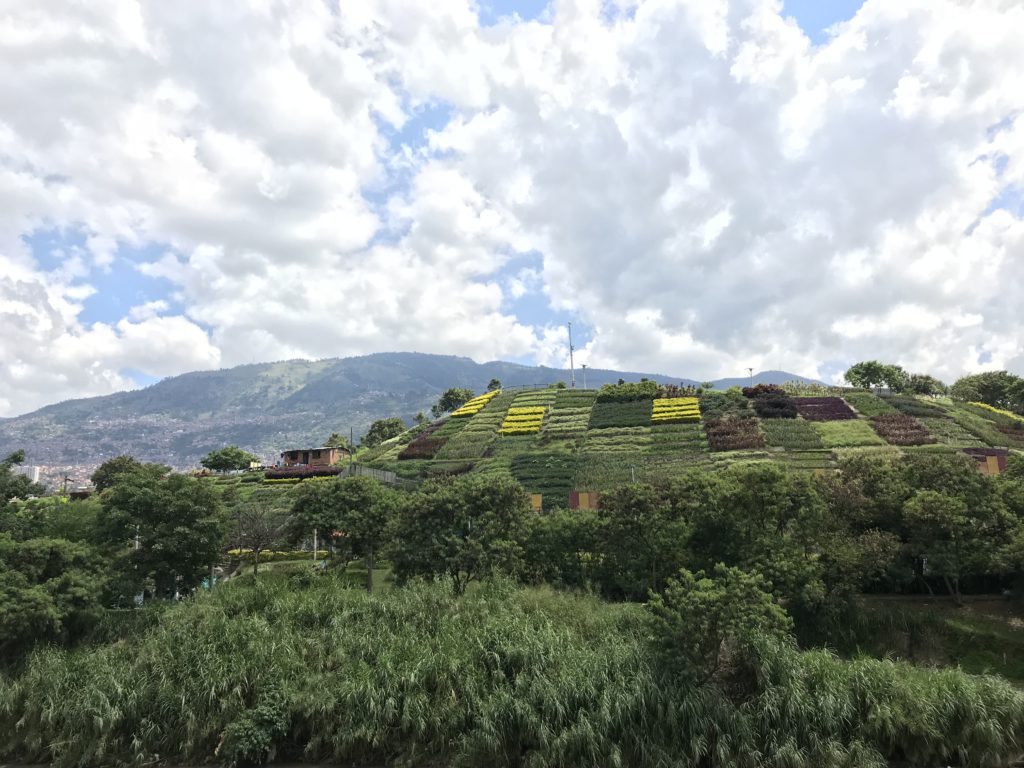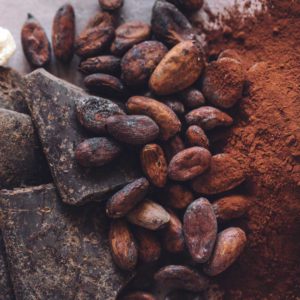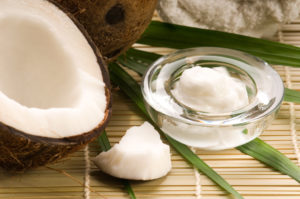Moravia, densely populated quarter of Medellin (second in size the city of Colombia), was once a common swamp. Its history begins with the times of armed conflicts within the country and drug cartel wars.
Medellin for a long time was considered the headquarters of Pablo Escobar, in connection with which the city acquired a bad reputation as the capital of the world drug business. From the beginning of the 1970s to the end of the 90s, Medellín was one of the most dangerous corners of the world, to which, saving his own life and in search of easy money, a large number of refugees constantly arrived, who began to build shacks on the garbage dump.
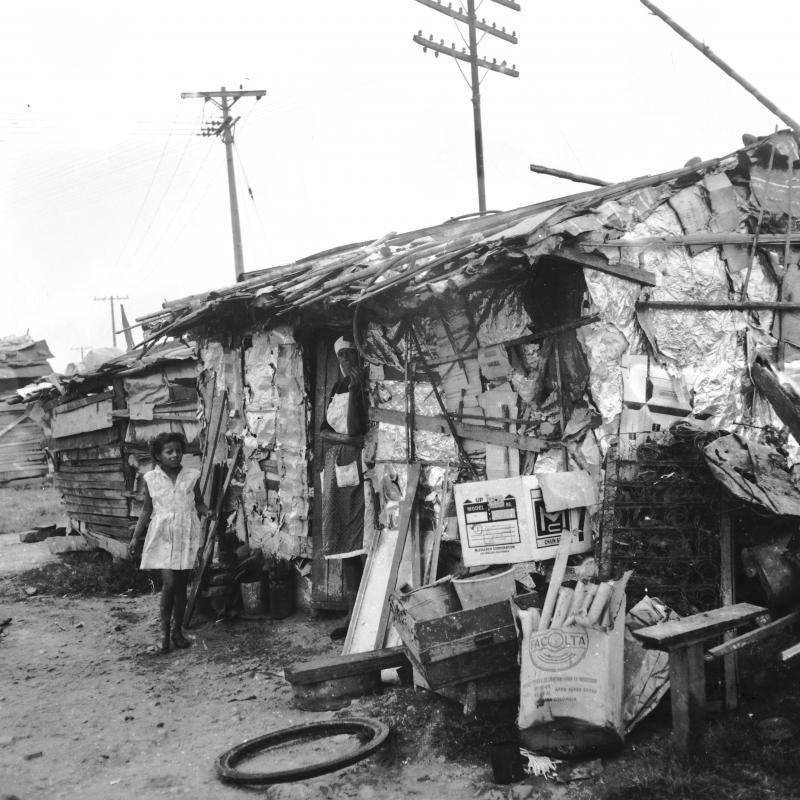
Built on the outskirts of Moravia, the “El Morro” landfill became a place of illegal garbage dumps and soon accumulated mountains of secondary raw materials and garbage with a height of 60 meters More than 17,000 people lived on its territory (estimated to be about four people per shack three meters in size), and “El Morro” was not called the “red zone” for nothing, where blood flowed in rivers, and children competed with rats for food. Against the background of complete lawlessness and severed heads, disease and the terrible stench of El Morro is somehow embarrassing to even mention.
The foundation for the transformation of Medellín, in a certain way, founded by Jesuit priests who tried to somehow improve the lives of the poor people, but drastic changes began only in the 2000s, when the government of Colombia called Moravia “a disaster on the level society”, and published plans for changes that were to transform the landfill El Morro to the public space.
First, the inhabitants of the landfill were relocated (not without a fight, of course) to safer areas, then the process of decontaminating the mountain and transforming the area into a habitable environment began. Residents of the area were involved in all projects, so the changes that took place in Moravia became a real source of pride for local residents.
One such remarkable eco-project was a series of greenhouses on top of an old garbage hill, which were built by single mothers from the community. The goal of the project is “Moravia florece para la vida” – Moravia should “bloom in life”. The results of state projects and the hard work of local residents show that Moravia is truly flourishing. Literally. To date, the community has planted more than 50,000 plants, a process in full swing, and it is because of it that travelers visit the outskirts of Medellin to learn more about the history of the city and see for themselves the miracle that is within the power of each of us. Because who but us?
By the way, Medellin is now called the City of Eternal Spring, City of Flowers and Capital of Orchids. Escobar, we hope, received karma in the face.


